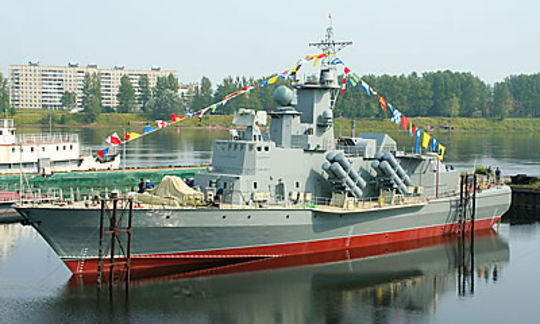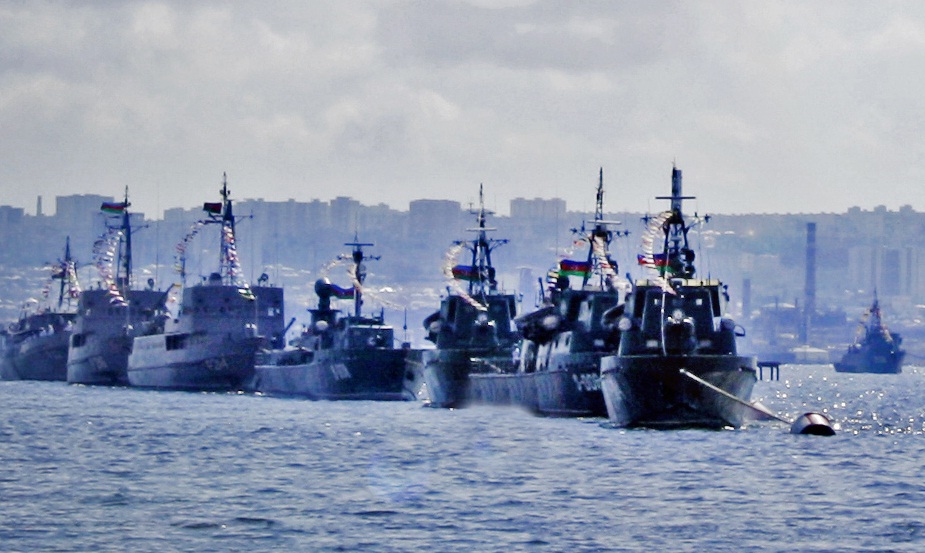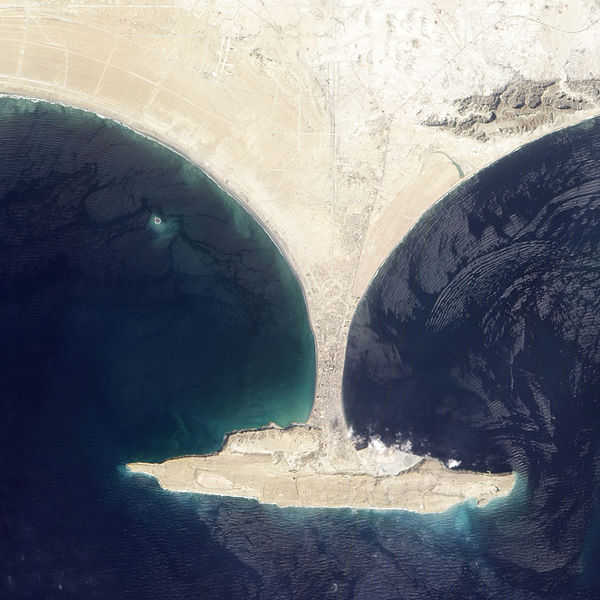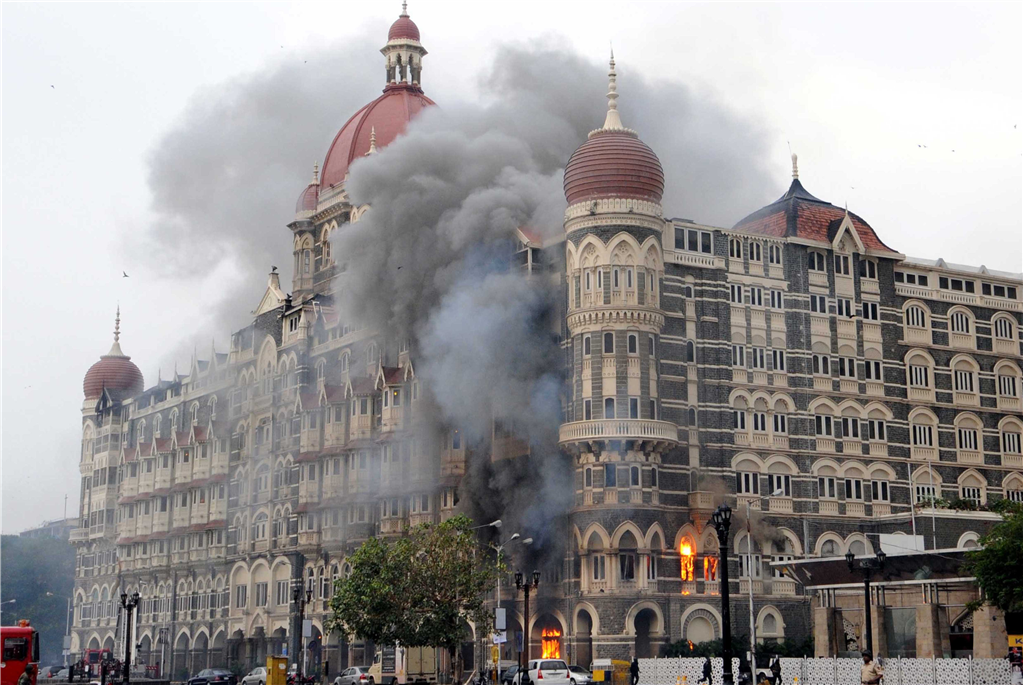Observers have attributed the Obama Administration’s eagerness to pursue rapprochement with the Islamic Republic of Iran to the much discussed ‘strategic pivot’ to East Asia. Maintaining a significant military presence in the Persian Gulf region inhibits the United States from fully exerting its influence in East Asia. But why is Iran also eager to ease its tense relationship with the United States? The removal of crippling and long-standing economic sanctions is an obvious answer. A less obvious but no less important factor, however, is the increasingly precarious state of security in the Caspian Sea, an oil-rich region located to Iran’s north.
“Iran may hold the balance in the Caspian, and the country could either foster the stability necessary for the region’s economic growth or heighten tensions.”
In decades past, the Caspian Sea was the exclusive domain of the Soviet Union. As per the terms of Soviet-Iran agreements during the Cold War, Iran was restricted from stationing maritime forces in the sea to its north. The collapse of the Soviet Union saw the number of stakeholders in the region increase from two countries to five: Russia, Iran, Azerbaijan, Turkmenistan, and Kazakhstan. Russia’s presence remains dominant – the Caspian Sea Flotilla includes two frigates, six corvettes, three missile boats, four gunboats, three minesweepers, and a landing craft – but this force is largely outdated, except for the Flotilla’s flagship, a Gepard-class frigate named Tatarstan, which was commissioned in 2003.

But an arms race has begun in the Caspian, and the parties responsible for this may be surprising. In 1995, Turkmenistan declared its “everlasting neutrality” but has recently begun expanding its naval presence in the Caspian Sea. Based out of the port of Turkmenbashy, the country has gathered a force of four missile boats and five patrol boats since 2007, in addition to a former US Coast Guard cutter transferred in 2000. In 2012, Turkmenistan held its first naval exercises in the Caspian Sea, dubbed Khazar 2012. This large-scale exercise, which also involved air assets, drew harsh criticism from Azerbaijan as it brought Turkmen forces close to a disputed oil field in the Caspian.
For its part, Azerbaijan has also begun investing in the expansion of its fleet. The Azerbaijani Navy now counts among its assets; 12 patrol boats, six landing ships, seven minesweepers, a former US Coast Guard cutter transferred around the same time as Turkmenistan’s, and a Petya-class frigate modernized with assistance from Turkey and the United States. Furthermore, Azerbaijan has launched a domestic shipbuilding program, tasking a shipyard in Baku with the construction of an unknown number of vessels. Azerbaijan has also increased its naval exercises, resulting in its own forces approaching the same oil fields Turkmen forces neared in 2012. Interestingly, the opposing forces in the Azerbaijani exercises have been designed to resemble Iranian forces, though officials from Azerbaijan have claimed the exercises were intended to simulate a coordinated response to terrorist attacks on the country’s energy infrastructure.
Presented with the increasingly tense disputes between Azerbaijan and Turkmenistan, Kazakhstan is also asserting itself in the Caspian. Acquiring two new gunboats in 2013, the Kazakh Naval Force already consists of a missile boat, four fast attack boats, and nine patrol boats. It is worthwhile noting that Kazakh officials have made no effort to disguise the reason for this sudden fleet expansion; as the commanding officer of the Kazakh Naval Force has openly admitted in recent interviews with the Russian press that the acquisition of new vessels by his country is intended to compete with the fleet expansion of other countries surrounding the Caspian. Perhaps worrying that the Russian Federation will cede its role as a leader and mediator in Caspian affairs, Kazakhstan has sent naval officers to Iran to pursue closer maritime cooperation between the two countries.
The tensions in the Caspian have already produced clashes, unfortunately. In April 2013, Turkmen naval forces allegedly fired on Azerbaijani offshore oil drilling facilities, prompting a public outcry from Azerbaijan and a request from President Ilham Aliyev that Russia station some of its Caspian Sea Flotilla in Baku to dissuade further aggression from Turkmenistan. Previously, in 2008 Azerbaijani patrol boats may have intercepted and harassed ships from various international oil companies while these vessels were either in disputed waters or fully within Turkmen territory. These clashes and provocations contribute to the instability of the Caspian region.
Iran may hold the balance in the Caspian, and the country could either foster the stability necessary for the region’s economic growth or heighten tensions. Iran has been strengthening its maritime presence in the Caspian, suggesting a possible shift in strategic focus from the Persian Gulf and the Strait of Hormuz to the south. The full details of Iran’s Caspian forces are currently unavailable, but it is known that the fleet includes at least one newly produced Moudge-class destroyer, three corvettes, two missile boats, one minesweeper, and an array of patrol boats and other craft capable of operating in the littoral waters of the Caspian Sea. As Iran’s domestic shipbuilding expands, more ships could be added to this fleet in the coming years. A recently unveiled Fateh-class submarine is a case in point.
A Russia-Iran pact in the region could avert a costly conflict in the Caspian, compelling Azerbaijan and Turkmenistan to adopt more cooperative behaviour. Joint naval exercises by Russia and Iran in 2013 certainly suggest the region is moving in this direction. But NATO is faced with a difficult situation. While the Caspian lies beyond the Alliance’s traditional sphere of influence, the region is still close enough and certainly vital enough to affect the interests of many NATO member states. Developing partnerships with regional actors – such as Turkmenistan and Kazakhstan – in addition to Azerbaijan which is already a Partner for Peace, may allow the Alliance to better calm the waters.




